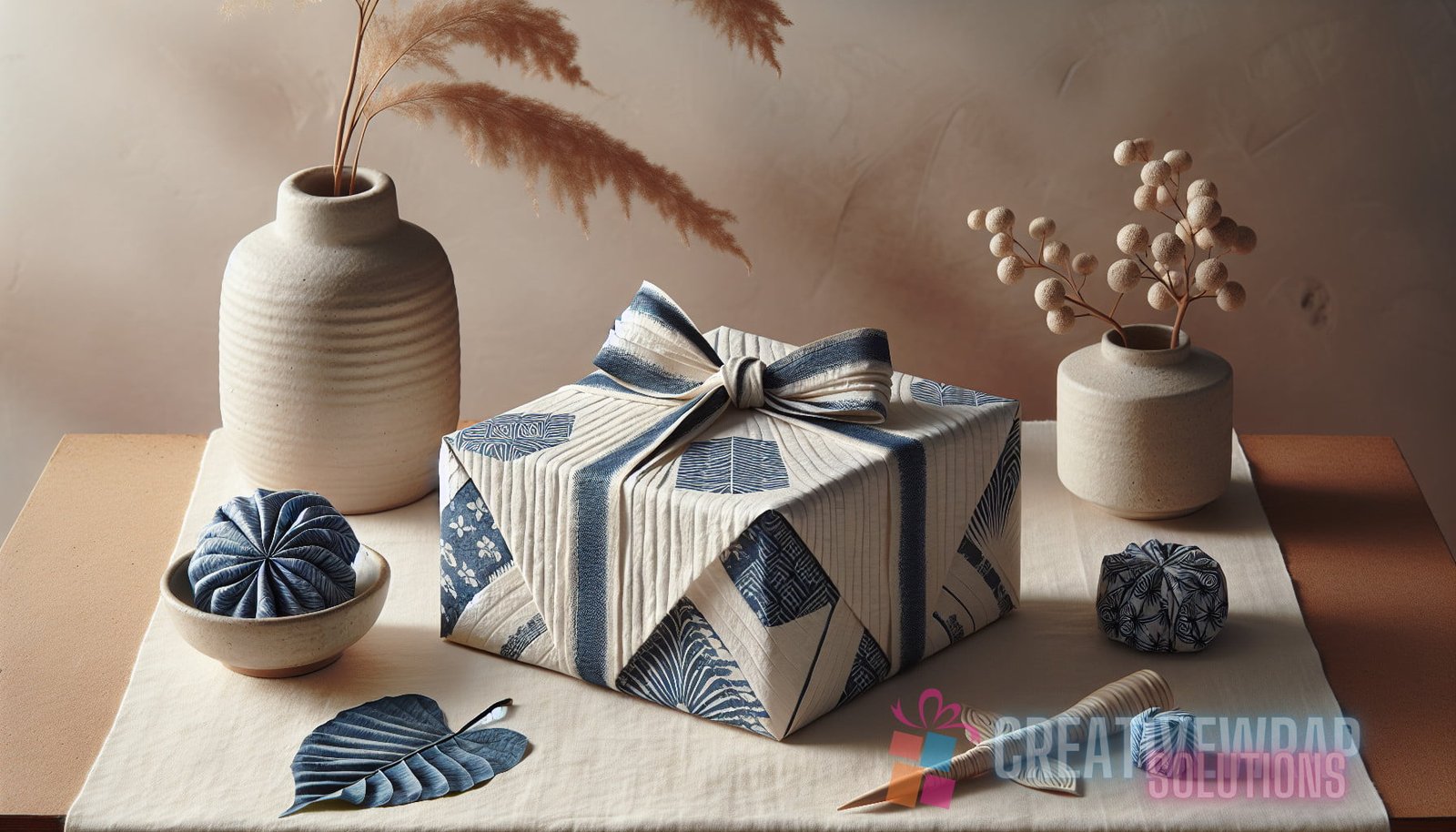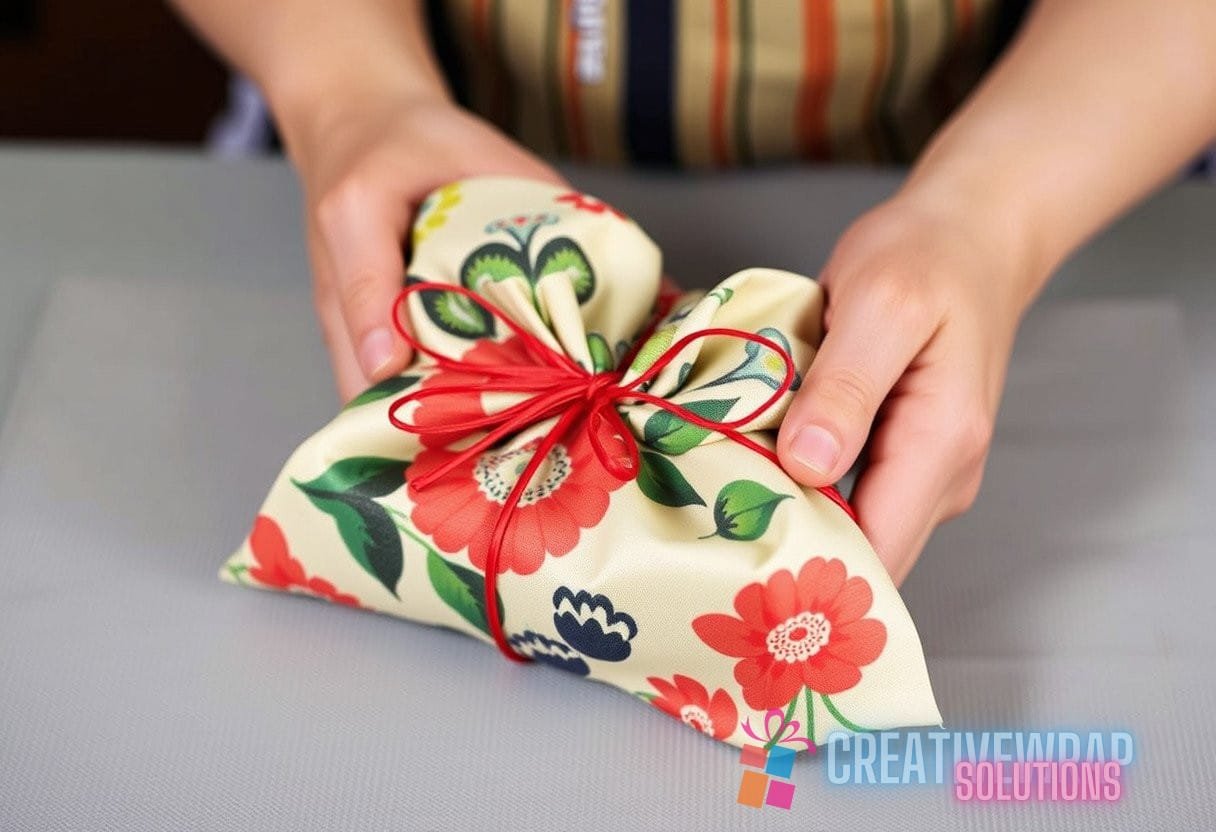Unveiling the Serene Beauty: Exploring Ancient Japanese Shibori Techniques for Sustainable and Elegant Gift Wrapping
Gift wrapping is not just a mundane task; it is an art form that creates anticipation and delight. The presentation of a beautifully wrapped gift can make the recipient feel special and cherished. In recent years, there has been a growing trend towards sustainable and eco-friendly gift wrapping, and one technique that perfectly aligns with this philosophy is Shibori wrapping. Shibori is an ancient Japanese dyeing technique that involves creating intricate patterns on fabric. This article will delve into the history of Shibori, its various techniques, and how it can be used for sustainable and elegant gift wrapping.
The History and Origins of Shibori
Shibori has a rich history that dates back hundreds of years. The art of Shibori can be traced back to the 8th century in Japan, during the Nara period. The word “Shibori” comes from the Japanese verb “shiboru,” which means “to wring, squeeze, or press.”
Shibori techniques were initially developed as a way to decorate and embellish clothing, particularly for the aristocracy. It was also used to create beautiful kimono fabric. Over time, Shibori spread to different regions of Japan, and each region developed its own unique techniques and styles.
Shibori Techniques
Shibori encompasses various techniques that involve manipulating fabric to create patterns. It is a meticulous and time-consuming process that requires precision and skill. Here are a few popular Shibori techniques:
- 1. Kanoko Shibori: This technique is also known as “tie-dye.” It involves tying small sections of fabric tightly with thread or string to create intricate patterns.
- 2. Miura Shibori: This technique involves folding the fabric accordion-style and then binding it to create geometric patterns.
- 3. Kumo Shibori: Kumo Shibori, also known as “spiderweb Shibori,” involves pleating the fabric and then binding it before dyeing. The patterns resemble spiderwebs.
- 4. Itajime Shibori: Itajime Shibori involves folding the fabric and clamping it between two wooden or plastic blocks. The blocked areas resist the dye, creating geometric patterns.
- 5. Nui Shibori: Nui Shibori is a stitching technique that involves gathering and stitching the fabric with thread before dyeing. It creates intricately stitched patterns.
Using Shibori for Sustainable and Elegant Gift Wrapping
Shibori techniques can be adapted and applied to gift wrapping, providing a sustainable and elegant alternative to traditional paper wrapping. Here’s how you can incorporate Shibori into your gift wrapping:
1. Choosing the Fabric
Start by selecting a fabric of your choice for wrapping the gift. Opt for sustainable materials like organic cotton or linen. These fabrics are not only environmentally friendly but also have a luxurious and tactile feel.
2. Shibori Techniques for Wrapping

Once you have chosen the fabric, you can apply various Shibori techniques to create beautiful patterns on the fabric. Consider using techniques like Kanoko Shibori or Itajime Shibori to add visual interest and texture to your gift wrap.
You can also experiment with different dyeing methods to create unique effects. Natural dyes derived from plants and minerals are a sustainable choice and add a touch of authenticity to the Shibori wrapping. Explore traditional Japanese dyeing methods like Ai-zome (indigo dyeing) for a truly authentic experience.
3. Embellishments and Ornamentation
To elevate the elegance of your Shibori gift wrap, consider incorporating traditional Japanese embellishments like washi paper strips or kumihimo cords. These elements add a touch of authenticity and charm to the gift.
Washi paper, a traditional Japanese handmade paper, can be used to create decorative elements such as origami flowers or geometric shapes. Kumihimo cords, on the other hand, are braided cords made using a traditional Japanese braiding technique. They can be used to tie the fabric securely and add an additional decorative touch to the gift presentation.
4. Unwrapping the Gift
One of the unique aspects of Shibori gift wrapping is the art of unwrapping. Unlike traditional paper wrapping, the Shibori fabric can be reused and repurposed. Encourage the recipient to unwrap the gift carefully, preserving the fabric for future use. The reusable nature of Shibori gift wrapping makes it a sustainable choice that reduces waste and promotes environmental consciousness.
Conclusion
Shibori wrapping is a sustainable and elegant alternative to traditional gift wrapping. By incorporating ancient Japanese dyeing techniques into the art of gift giving, we not only reduce waste but also create a beautiful and memorable experience for the recipient. From selecting sustainable fabrics to applying intricate Shibori techniques, each step in the process adds a layer of thoughtfulness and beauty. Embrace the serene beauty of Shibori wrapping and make your gift-giving truly special.
Sources:
Learn more about the art of Shibori and its applications:

